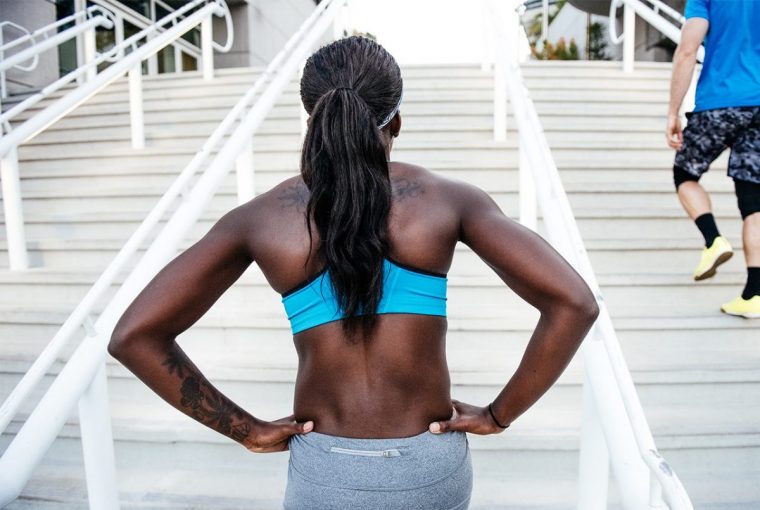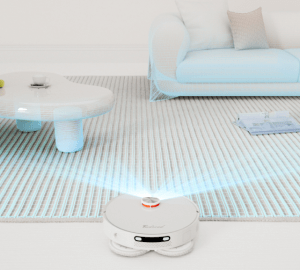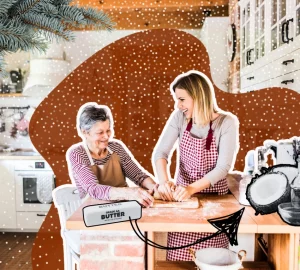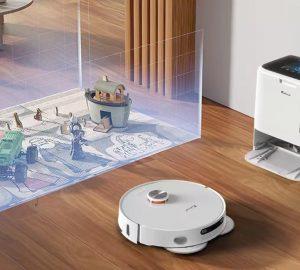You wouldn’t take one type of medication for any ailment. Physical medicine is the same. It needs to be tailored to individual and injury.
There are endless factors to consider in assessing and treating low back pain so keep in mind this is not a comprehensive list, but here are a couple of major points to bring to attention:
- Work capacity
- Directional preference
- Stability vs Mobility
- Flexibility
- Motor patterning
Work Capacity
Every back has a certain capacity for work. This means we have a threshold of the sum of activity over time (for example a workout, day, week). When we exceed this threshold, pain and injuries occur. The first thing that may pop into your mind is someone working out at the gym deadlifting or squatting, lifting a lot of weight and “throwing out” their back. You may even imagine a gardener bent over their flowerbeds all day and waking up the next day with a sore back. One scenario you probably did not think of is someone sitting all day. Or standing. That’s right, your back is still working and using up precious capacity doing these mundane things. Poor sitting or standing posture can use up all your work capacity leaving your poor tissues to fend for themselves… and soon enough you may end up in your chiropractor’s clinic.
It’s important to be aware of this accumulation of stress that can occur on your tissues. Sitting in a desk all day (or using a coveted standing desk with less than ideal posture) then going for a 10km run after work may be a recipe for disaster. We can’t simply equate sitting or being stationary as bad and being active as good. It is all about the quality of the stance, posture or movement.
Directional preference
Does standing for long periods, laying on your back or cobra position tend to irritate your back? Did you also do gymnastics or dancing as a youth? Do you tend to stand with an anterior (forward) pelvic tilt? You may have an extension intolerant low back.
Does sitting for long periods or repetitive forward bending irritate your back? Do you have a tendency to slouch in your seat? Do you happen to work in a profession that’s causes you to bend forward constantly such as a plumber or tiler? You may have a flexion intolerant low back.
Everyone’s body is different, and thus needs to be treated so! What may be therapeutic for one back may be quite stressful for another.
Stability vs Mobility
Countless times patients will come into our offices having hurt their low back, and claim that stretching forwards to touch their toes feels good and relieves the pain. Often this is just tugging at the already injured tissues and perpetuating the issue. The lumbar spine is meant to stabilize; it’s meant to withstand forces in a neutral position that are primarily endurance based. In other words, it’s not meant to create a lot of power! That’s where our hips come in. They are our mobile, powerful friends.
Because I’m a weightlifter myself (and just a tad biased), I will use a weightlifting example. Think back to the Olympics… the amazingly athletic and powerful Olympians were able to transmit enough force to cleanly and with extreme control, lift the barbell overhead. Weightlifters create a ton of hip power while lifting but virtually no spine power. The spine remains in a static position.
The take home point here is that the lumbar spine is for stability, and hips are meant to be mobile and create power.
Flexibility
The best way to rehab a low back is to stabilize the trunk with a neutral spine while moving more through the hips and knees. People who claim they have “bad backs” tend to use their backs more and their hips less. We just learned that our hips are our big power producers. Most great athletes are able to create power from, their hips. Think of MLB pitchers or PGA golfers. As quoted in the movie Happy Gilmore, “it’s all in the hips”!
The next time your low back is bothering you, instead of trying to stretch away the pain, stretch out your hips and do some core and back stability work.
Motor Patterning
One of the best fundamental movement patterns you can learn is the hip hinge. Guess what we do with lumbar spine? You guessed it, we lock it in neutral, and rotate almost entirely at the hips. This is spine sparing! It will decrease the stress placed on your spine and the chance of injury.
For those with chronic low back pain, they can actually lose endurance capacity (meaning you have less overall capacity before injury). This is why post-injury rehab is very important. They need to work on their ability to stabilize the low back for periods of time again, to prevent future injury and decrease ongoing pain.
This can be a lot of information to take in. It is recommended to visit a professional to assess your specific issue and give you an individualized treatment protocol molded to your needs.
Happy Stabilizing!
Dr. Carly Presakarchuk, DC, BSc Kin




